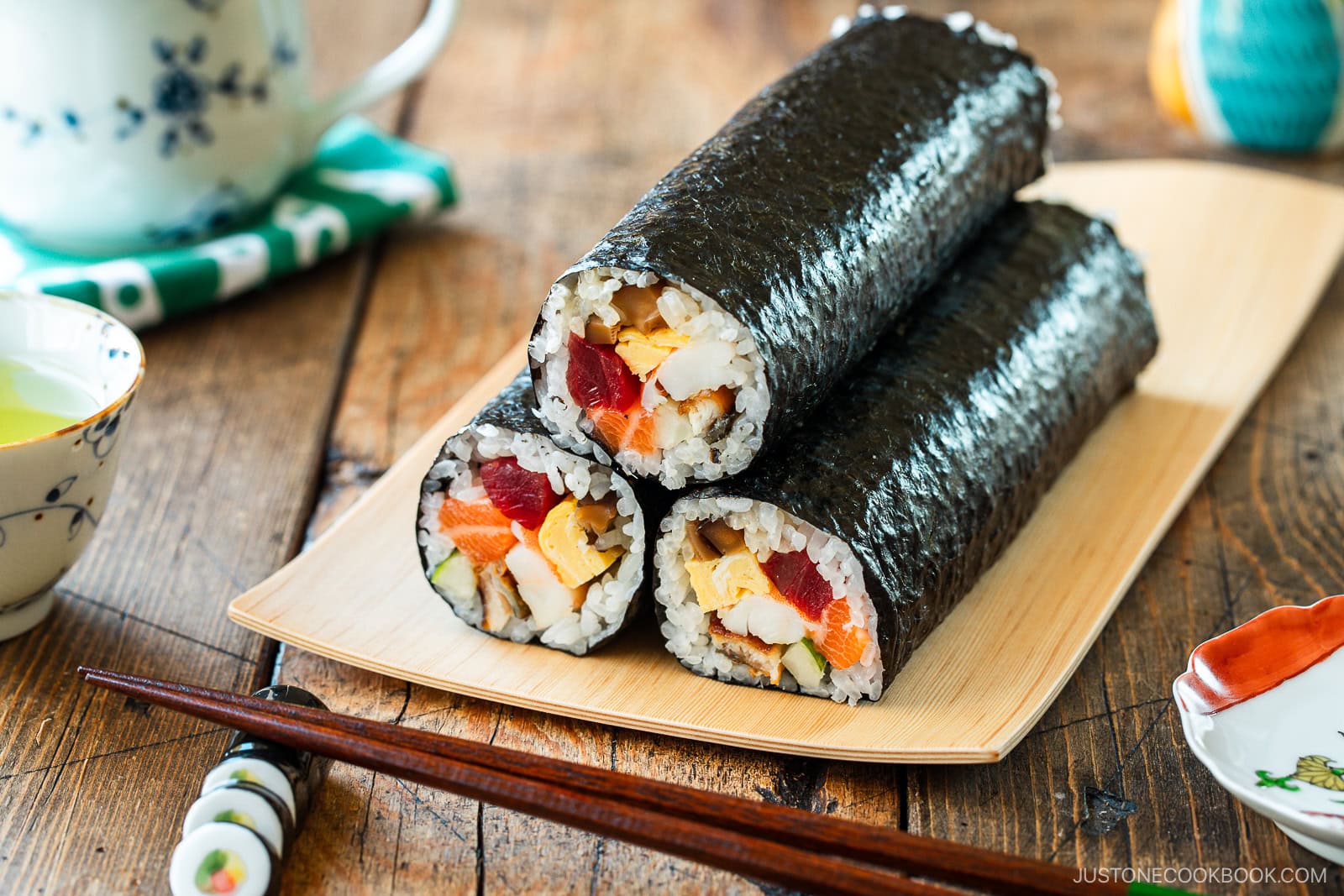Okuzukake is a beloved traditional dish from Japan’s Tohoku region, known for its comforting flavors and cultural significance. Featuring seasonal vegetables, tofu, and noodles simmered in a rich, thickened broth, it’s a heartwarming meal often enjoyed during special occasions and festivals. This simple yet flavorful dish captures the essence of local ingredients and culinary traditions, offering a taste of Japan’s deep-rooted food culture. Curious to learn more about this unique dish? Keep reading to discover its history, preparation, and the secrets behind its enduring appeal!
What is Okuzukake?

Okuzukake (おくずかけ) is a traditional Japanese dish originating from the Tohoku region, particularly Miyagi Prefecture. It is a hearty and comforting soup made with a variety of seasonal vegetables, tofu, and konnyaku (a jelly-like food made from konjac yam) simmered in a dashi-based broth thickened with starch. The starch, typically derived from potato starch or kuzu (arrowroot), gives the dish its signature silky and viscous texture, which is reflected in the name “okuzukake” (literally meaning “poured or thickened with kuzu”).
Okuzukake History

Okuzukake is a traditional vegetarian dish from Miyagi Prefecture, especially the southern region, enjoyed during the spring and autumn equinoxes, Obon, and memorial gatherings. It features seasonal vegetables, tofu, fried tofu, and soybean gluten stewed in a shiitake mushroom broth. With Shiroishi Onmen noodles added and thickened with starch. All ages love this dish for its gentle flavor and easy-to-digest noodles. Similar dishes like “suppoko” and “noppei soup” appear in the northern areas, with the main difference being whether people eat them as daily meals or for special occasions.
Reference: Ministry of Agriculture, Forestry, and Fisheries
FAQ
Okuzukake typically uses warm noodles, various vegetables (such as burdock, carrots, eggplant, and green beans), deep-fried tofu, tofu, and dried shiitake mushrooms. The ingredients may vary by region and household, but these are the basic ingredients used.
The name okuzukake comes from the fact that it was once thickened with kudzu starch. It is also often eaten as a vegetarian dish during Obon and Higan, and is said to be a dish consumed by ascetic monks.
Okuzukake Recipe
| Burdock (shredded) | 12g |
| Carrots (cut into chrysanthemum shapes) | 12g |
| Taro (chopped) | 50g |
| Dried shiitake mushrooms (sliced into thin strips) | 1g |
| Shirataki (cut into 3cm pieces) | 50g |
| Deep-fried tofu (sliced into strips) | 5g |
| Salt | 0.4g |
| Dark soy sauce | 7g |
| Starch | 2g |
| Hon Mirin | 2.5g |
| Bean Gurd | 1g |
| Green beans (sliced diagonally) | 5g |
| Umen | 12g |
| Dried bonito | 4g |
| Water | 150g |
How to make?
STEP
Preparation
Begin by making a flavorful stock using bonito flakes and the water used to rehydrate dried shiitake mushrooms. Thoroughly wash the shiitake mushrooms before rehydrating them, and set aside the rehydrating water for later. Drain excess oil from fried tofu, boil udon noodles until firm, and rinse the beans. Finally, boil the shirataki noodles to prepare all the ingredients.
STEP
Cooking
Combine the shiitake mushroom-soaked water with the soup stock in a pot. Add burdock and carrots, then simmer until the vegetables begin to soften. Next, include taro and the rehydrated shiitake mushrooms, allowing the flavors to meld as they cook.
STEP
Finishing Touches
Add the prepared shirataki noodles and fried tofu to the pot and continue simmering. Season the soup with the appropriate condiments, then thicken it by stirring in starch dissolved in water. Finally, mix in lentils, green beans, and udon noodles, ensuring all ingredients are well incorporated before serving.
Recommended Restaurants
Miyagino Local Cuisine – Espar Store ( 郷土料理 みやぎ乃 エスパル店 )
“Miyagino Local Cuisine – Espar Store” offers the local cuisine of Miyagi Prefecture in an easily accessible location. You’ll find it at basement level 1 of Espar Sendai, which connects directly to Sendai Station. The quiet interior atmosphere welcomes both solo diners and groups. Chefs prepare dishes using Miyagi’s rich ingredients, including Sendai’s famous beef tongue, Harako rice, and Seri hot pot. At lunch, visitors can choose from various menu options to sample local flavors. The restaurant also stocks a wide selection of local sake, making it an ideal spot to relax in the evening while enjoying Miyagi’s flavors. Whether you visit Sendai for business or pleasure, make sure to stop by to experience Miyagi’s local cuisine.
Address: 〒980-0021 Miyagi Prefecture, Sendai City, Aoba Ward, Chuo 1-1-1 Espar Sendai Main Building B1F
Phone number: 022-267-4141
Hours open: 11:00 AM – 11:00 PM (Last Order 10:00 PM)
*Business hours may change, so please check with the store in advance.
Website: https://www.s-pal.jp/sendai/shop/detail/?id=253
*The official website is the shop detail page of Espar Sendai.
Gotsu-san Delicatessen ( 惣菜店 ごっつぉうさん )
“Gotsu-san,” a popular delicatessen with multiple locations in Sendai City, delights locals with its homemade, warm, and homely flavors. The shop offers abundant bento and side dishes, meeting various needs from everyday meals to special items for entertaining guests. The deli actively uses ingredients from Miyagi Prefecture, emphasizing local flavors as one of its main attractions. The colorful and well-balanced bento makes a perfect choice for lunch or dinner. Customers can buy side dishes by weight, choosing exactly how much they want. The deli serves as an ideal option for busy individuals, those living alone, or anyone wanting to enjoy delicious bento and side dishes easily. (We recommend making a reservation for okuzukake ahead of time.)
Summary

Whether you’re savoring its gentle flavors during a festival or discovering it in a local eatery, Okuzukake offers a true taste of Tohoku’s culture. If you have the chance to visit Japan, don’t miss the opportunity to try this heartwarming dish for yourself. Seek it out, indulge in its unique flavors, and experience a bowl of tradition that has been cherished for generations.
For more heartwarming Japanese dishes like Okuzukake, explore other traditional favorites from the Miyagi prefecture and beyond—you might just discover your next culinary delight!

 5 hours ago
3
5 hours ago
3










 English (US) ·
English (US) ·